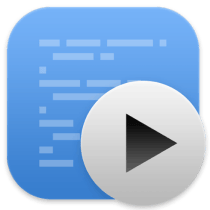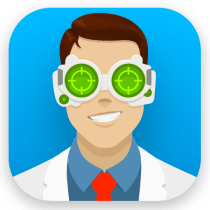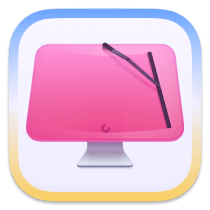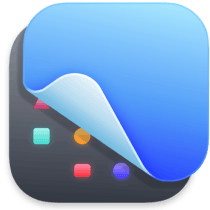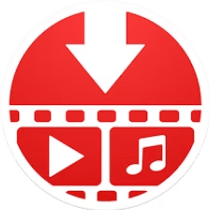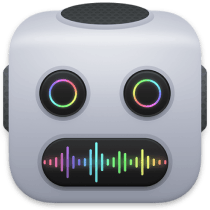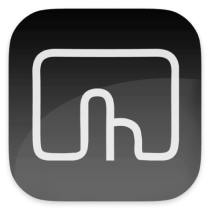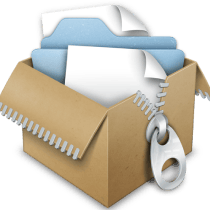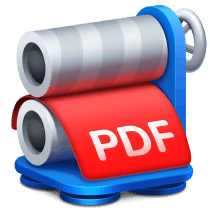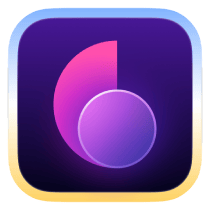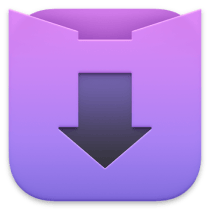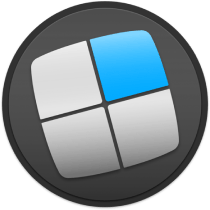Arbeit
CleanShot X
Bessere Screenshots & GIFs erstellen
99%•Mac
TextSniper
Text aus Bildern extrahieren
99%•Mac
Spark Mail
Einfache E-Mailverwaltung
89%•Mac, iOS
BetterZip
Archive erstellen und verschlüsseln
96%•Mac
Numi
Alles berechnen und konvertieren
99%•Mac
ForkLift
Serverübergreifende Dateiverwaltung
96%•Mac
Session
Pomodoro-Timer mit Analytik
98%•Mac, iOS
Timing
Zeiterfassung Ihrer Apps
98%•Mac
BusyCal
Aufgaben mit dem Kalender abstimmen
96%•Mac
Yoink
Drag & Drop-Funktion verbessern
99%•Mac
Archiver
Dateien komprimieren und entpacken
97%•Mac
Path Finder
Dateien kopieren, löschen, abstimmen
92%•Mac
SideNotes
Notizen am Rand des Bildschirms
97%•Mac
NotePlan
Ein Platz für all Ihre Arbeit
97%•Mac, iOS
Canary Mail
E-Mails schreiben & verwalten
84%•Mac, iOS
Dropzone
Tägliche Aufgaben schneller schaffen
99%•Mac
HazeOver
Fenster im Hintergrund dimmen
99%•Mac
Default Folder X
Zugriff auf letzte & beliebte Dateien
97%•Mac
Mate Translate
Alles übersetzen
95%•Mac
Renamer
Stapel von Dateien umbenennen
96%•Mac
HoudahSpot
Dateien schneller finden
98%•Mac
Xnapper
Professionelle Screenshots
96%•Mac
Dato
Alle deine Termine im Blick
99%•Mac
In Your Face
Erinnerungen im Vollbildmodus
99%•Mac, iOS
Timemator
Produktivität der Projekte erfassen
95%•Mac, iOS
Gifox
GIFs von Ihrem Bildschirm erfassen
98%•Mac
Hand Mirror
Kamera mit einem Klick prüfen
98%•Mac
Commander One
Zweigeteilter Dateimanager
95%•Mac
BusyContacts
Erstellen Sie Ihre Kontaktdatenbank
93%•Mac
Hookmark
Verlinke Dateien, Webseiten und PDFs
97%•Mac
Slidepad
Meistgenutzten Apps immer zur Hand
92%•Mac
MarginNote
Produktiver lernen
92%•Mac
AnyTrans for iOS
Dateiübertragung zwischen macOS & iOS
76%•Mac
Due
Dauerhafte Erinnerungen erhalten
96%•Mac
ChronoSync Express
Synchronisieren & Sichern von Ordnern
95%•Mac
Prizmo
Scannen und OCR von Dokumenten
93%•Mac, iOS
Backtrack
Alte Gespräche & Audio aufzeichnen
78%•Mac
Dropshare
Speicher sparen mit File Sharing
92%•Mac, iOS
World Clock Pro
In verschiedenen Zeitzonen arbeiten
89%•Mac, iOS
MoneyWiz 2026
Finanzen- und Rechnungsmanager
81%•Mac, iOS
Chronicle
Rechnungen & Abonnements verfolgen
91%•Mac, iOS
Be Focused
To-Do Listen mit Timern verwalten
97%•Mac
iBoysoft MagicMenu
Erweitere den Mac-Rechtsklick
88%•Mac
2Do
Aufgaben und Erinnerungen planen
93%•Mac
GoodTask
Einheitliche To-Dos und Erinnerungen
93%•Mac
Workspaces
Effiziente Arbeitsgestaltung
94%•Mac
Calendars
Aufgaben & Termine im Blick
85%•Mac, iOS
TaskPaper
Aufgabenverwaltung im Klartext
98%•Mac
Focus 2
Websites & Soziale Medien blockieren
90%•Mac
Awesome Habits
Bessere Gewohnheiten aufbauen
97%•Mac, iOS
Taskheat
So priorisieren Sie Aufgaben
78%•Mac
Receipts
Dokumente digital sammeln
96%•Mac
Merlin Project Express
Große Projekte managen
97%•Mac
Moment
Countdowns für Events erstellen
90%•Mac
Muse
Visualisieren Sie Ihre Ideen
92%•Mac, iOS
WallCal
Transparenter Desktop-Kalender
89%•Mac
AnyDroid
Dateiübertragung zwischen Mac & Android
85%•Mac
LookAway
Gesunde Arbeitsgewohnheiten beibehalten
98%•Mac
Antinote
Notizen und Berechnungen
98%•Mac
Time Out
Vergessen Sie nicht Pausen zu machen
95%•Mac
Trickster
Schnellzugriff auf letzte Dateien
95%•Mac
Daily
Einfache Zeiterfassung
90%•Mac, iOS
Godspeed
Aufgaben schneller verwalten
96%•Mac, iOS
GreenBooks
Verwalten Sie Ihr Geld leichter
84%•Mac, iOS
Boom
Verbessern Sie Ihre Videoanrufe
80%•Mac
Clariti
Mentale Klarheit durch Klänge
93%•Mac
Pagico
Teams & Projekte managen
92%•Mac
DCommander
Dateien in dualer Ansicht verwalten
82%•Mac
Euclid
Mit Excel-Formeln rechnen
95%•Mac, iOS
Expenses
Behalte alle Ausgaben im Blick
88%•Mac, iOS
ByDesign
Arbeit und Leben organisieren
85%•Mac, iOS, Web
SheetPlanner
Projektfortschritt planen & prüfen
85%•Mac
FocuSee
Bildschirm aufzeichnen und Video optimiere
89%•Mac
CleanPresenter
Einzelne Fenster präsentieren
74%•Mac
Smmall Cloud
Dateien teilen im Design Ihrer Marke
81%•Mac
Cloud Outliner
Visuelle Gliederungen erstellen
93%•Mac
Studies
Intelligente Lernnotizen
96%•Mac
iShowU
Mac-Bildschirm aufnehmen
75%•Mac
Focused Work
Mit Timern arbeiten
88%•Mac, iOS
DeskMinder²
Desktop-Erinnerungen erstellen
94%•Mac
ScreenFloat
Power-Boost für Screenshots
94%•Mac
Numerics
Geschäftsdaten auf einen Blick
73%•Mac, iOS
PocketCAS
Mathematische Gleichungen lösen
94%•Mac
Headway
Sachbücher-Zusammenfassungen
66%•iOS, Web
iMeetingX
Meetings effektiv durchführen
87%•Mac
Eney Beta
Local-first AI assistant
100%•Mac
Focus
Websites & Soziale Medien blockieren
86%•Mac
Moonitor
Live-Updates zu Krypto erhalten
74%•Mac
Chimeful
Für mehr Fokus und Aufmerksamkeit
78%•Mac
Subjects
Kursplan & Aufgaben im Blick
71%•Mac
Invoice Rex
Edit and track invoices
83%•Mac, iOS
Prizmo Remix
Automate document scanning & processing
100%•Mac
AppWage
Erfassen Sie Ihre App-Einnahmen
82%•Mac
UpLife
Umfassende Selbstfürsorge
86%•iOS
Leave Me Alone
E-Mail-Abonnements verwalten
0%Web
